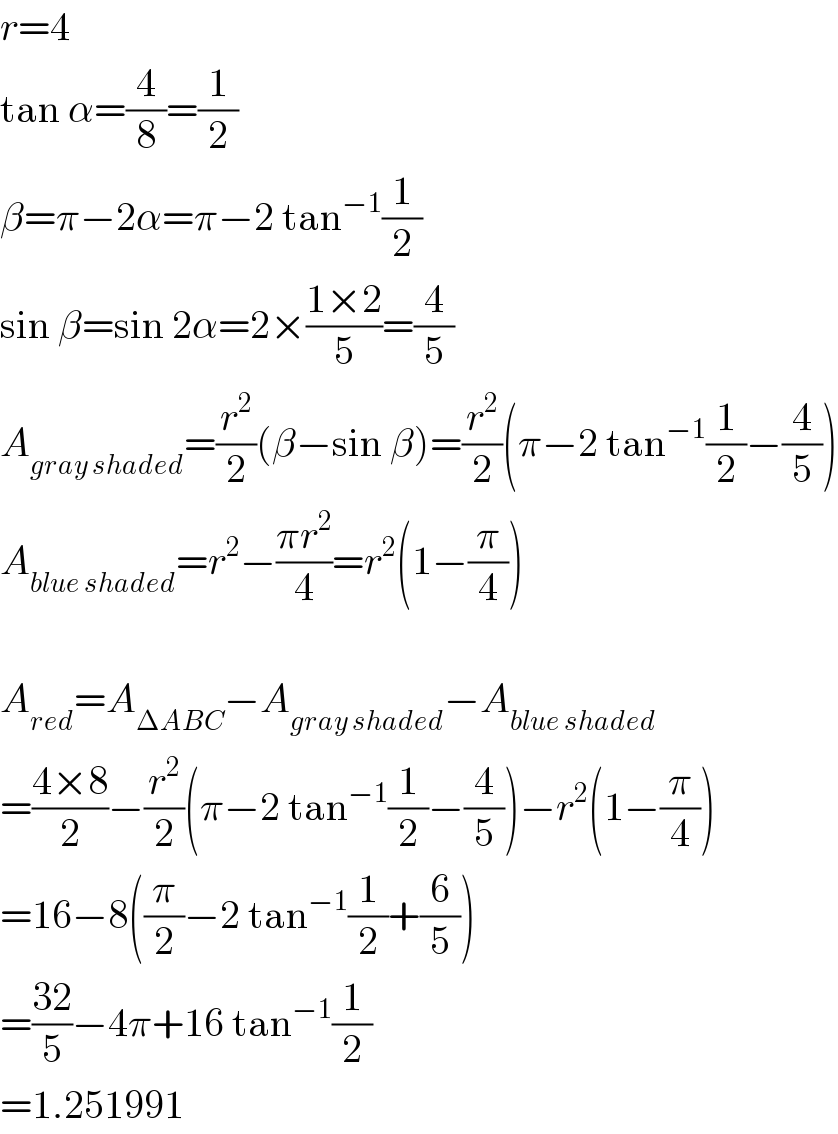
Question and Answers Forum
Question Number 82659 by naka3546 last updated on 23/Feb/20

Commented by naka3546 last updated on 23/Feb/20

Commented by john santu last updated on 23/Feb/20

Commented by naka3546 last updated on 23/Feb/20

Answered by mr W last updated on 24/Feb/20

Commented by mr W last updated on 24/Feb/20

